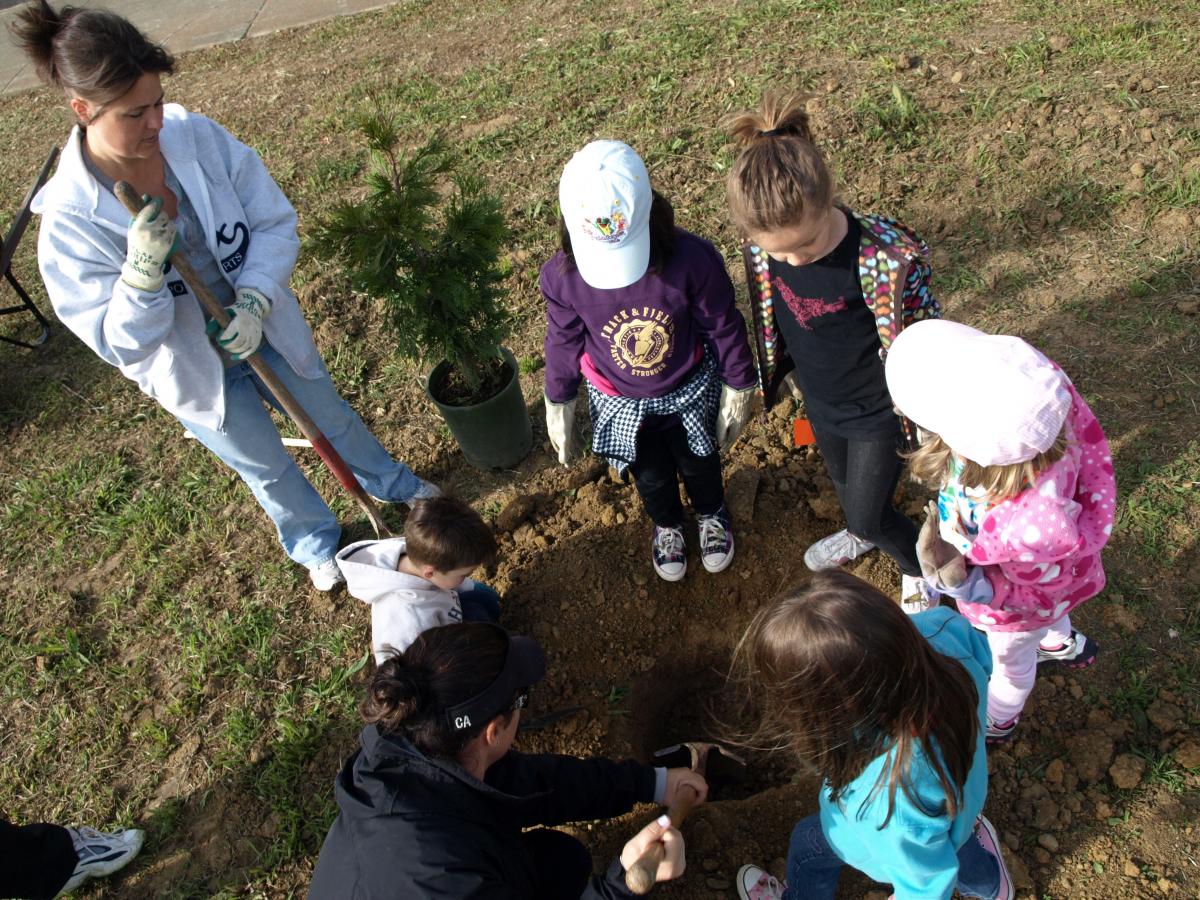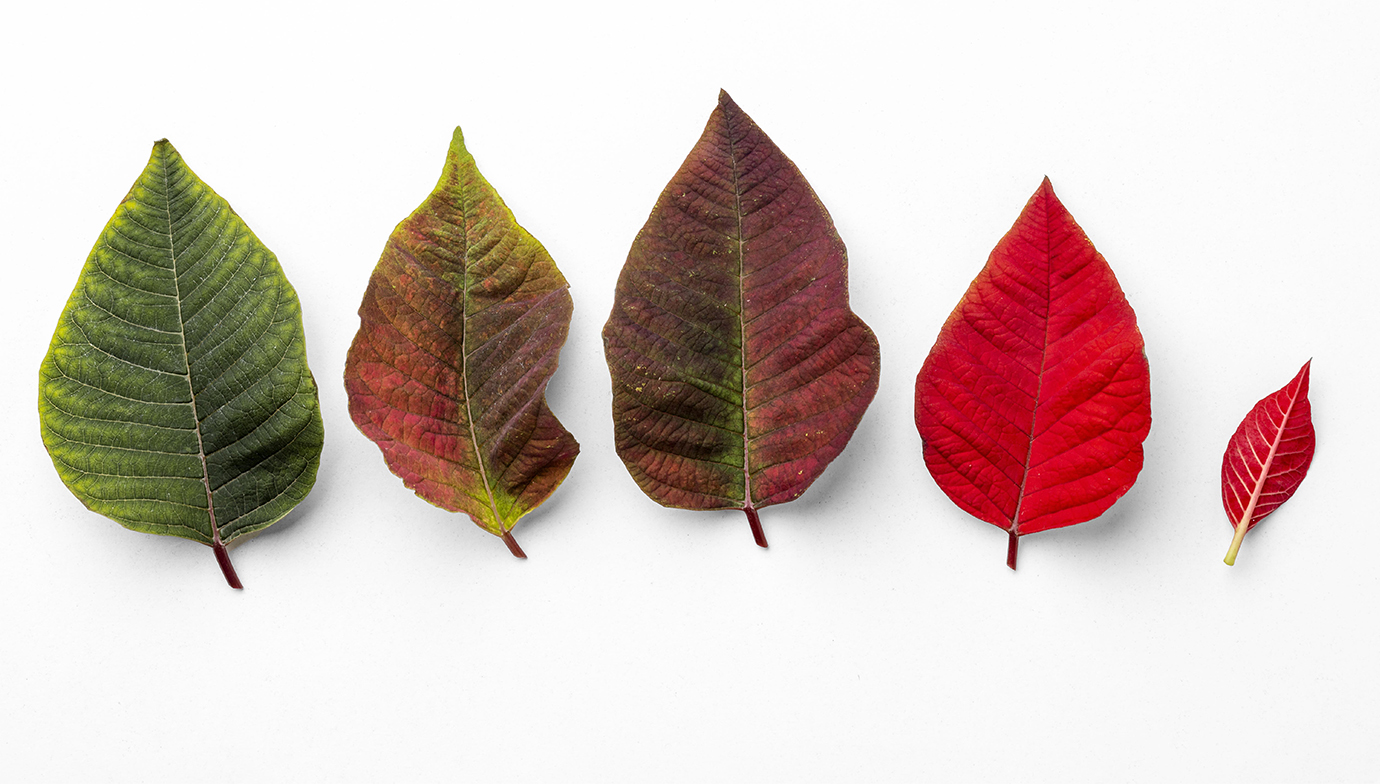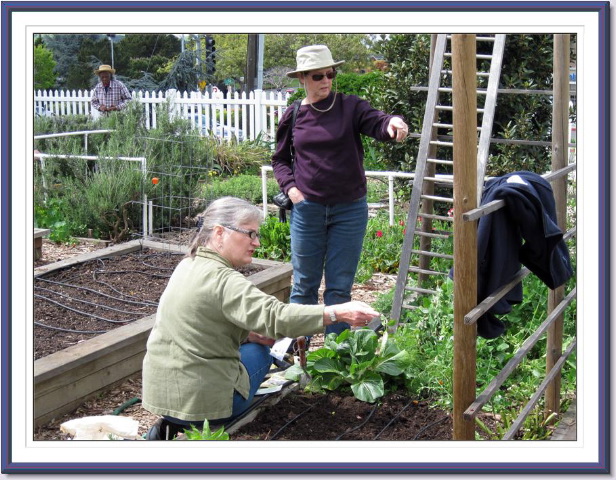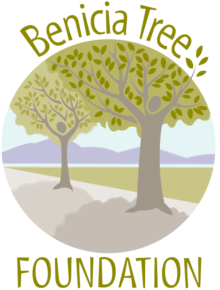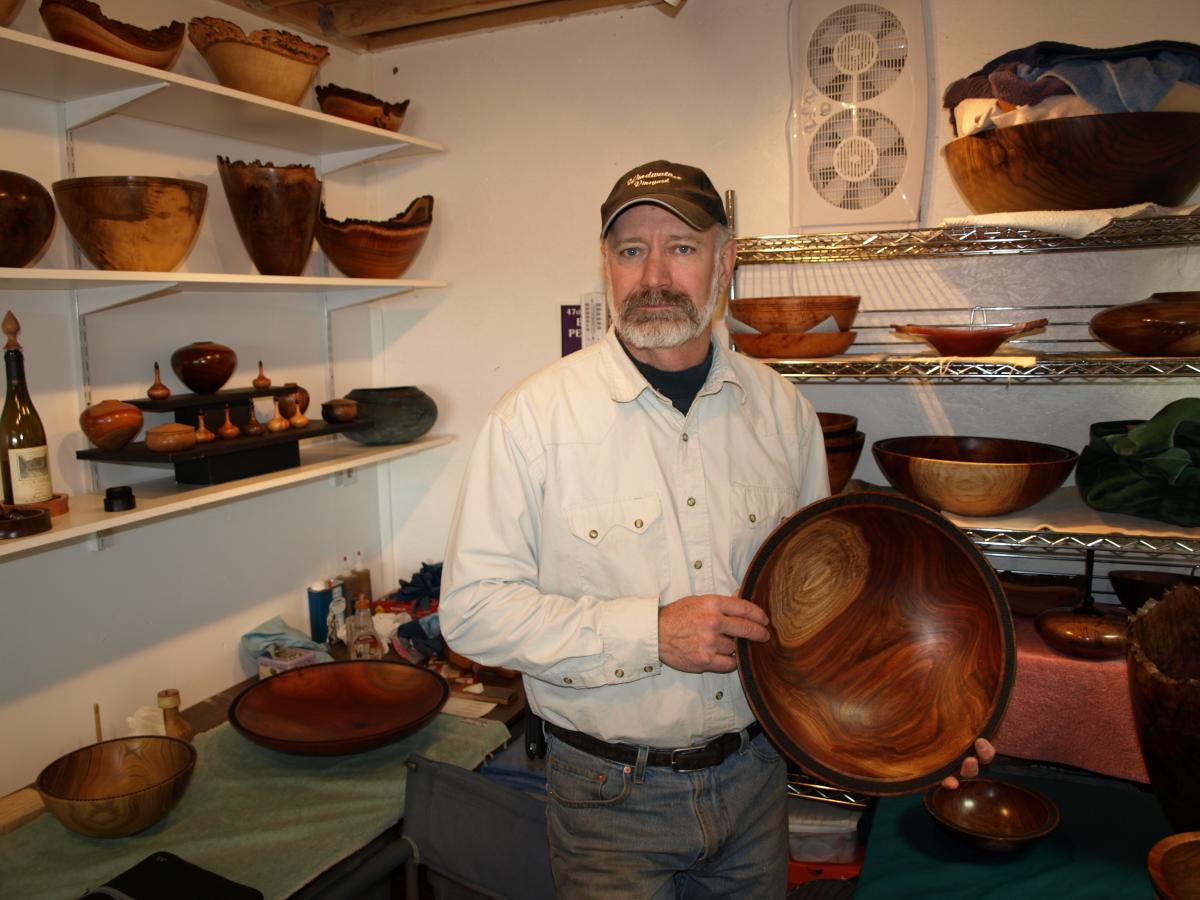Brad Adams Interviewed
by Wolfram Alderson

How did you end being a wood turner – artist? Please describe yourself.
I think of myself as more artisan than artist. It all started out with making some furniture I wanted which involved turning some table legs, so I traded my sailboat for a used lathe. When I put the first chunk of wood I could find on it and turned a small bowl — from then I was hooked and I have been turning bowls ever since. I think that was 1998, and I have never have finished those table legs! (Grinning) It has become an addiction — whenever I finish one bowl, I start thinking the next one is going to be better, and then I’m grabbing the next piece of wood.
What was your background prior to woodturning?

I grew up on a farm in Illinois and spent my childhood on tractors. I was either working on my dad’s farm or driving for Del Monte in the summers. Then I went to school in Texas and got a degree in Fisheries and Biology (of all things) and spent 8 years doing environmental impact statements for offshore oil production, either in the Gulf of Mexico or Prudhoe Bay, Alaska. I lived in Alaska about 8 years doing fisheries research and ended up with 3 months off each year, usually every winter because in the summers I worked 16 hours a day, seven days a week, so I’d have a few months off in the winter in someplace warm. An old college roommate was starting up a business in Berkeley and asked if I would come down and help him out a few months, and I said yeah sure and a few months turned into 18 years in high tech. We started out building the first AppleTalk connectors to connect Macs to laser writer printers the very first year that laser writers came out. And the company just grew from there getting into internet connectivity and in the end we were selling a lot of ISDN and DSL routers to phone companies all over the world from France Telecom to Swiss Com, Duetsch Telecom, and here in the U.S. to AT&T, Bell South and PacBell.
So you went from environmental science to high tech and now you are back to low-tech?
Yes, I am now about as low-tech as possible!
How did you end up in Benicia?
I have lived here in Benicia since 1987. I looked for a home from Half Moon Bay to Sonoma. I was looking for small town atmosphere. I decided this was the place to be, a nice friendly place where you can walk down main street, and even if you don’t know the names of half the people you go by, they always say hi, so that’s great.
You use recycled wood from local trees; why do you do that?
It seems a shame to have all this material just go into a chipper or a landfill and then importing woods from South America or Asia. Some of the most beautiful woods around grow here naturally, so why not make use of them. I can’t see paying a fortune to import woods when local stuff is just as beautiful, if not more – it just doesn’t sound as exotic, so people don’t try it. They think they have to go the store and buy their wood. But folks are happy to give it to you for free!
When people have to cut down a tree, do they feel better when they can re-purpose the wood for a good use?
Definitely. Even the tree trimmers are just so happy to not have to throw the wood into the chipper or take it to the dump because they realize that “oh wow, someone can actually use this, instead of just throwing it into a fireplace or something.” Everyone is happy to give me wood it seems like.
What types of wood do you encounter?
Probably my favorite that I get here in Benicia are Black Locust, Black Acacia, Black Walnut, just about anything that has Black in the title! Iron Bark Eucalyptus is a beautiful wood and Camphor trees. Today, I just turned my first piece of Chinese Pistachio, which I know Cal Trans plants a lot of at interchanges and that’s got to be one of the most beautiful woods I have ever seen.
You have some fresh cut logs at the entrance to the studio, what are those?
Those logs are Norfolk Island Pine, a native of the South Pacific, but it gets planted a bit in warm climates. It is a popular ornamental tree in Hawaii and Florida. It’s not really uncommon in California, but it rarely gets planted this far north.
Does most of your wood come from Benicia?
I would say probably 50 to 60 percent comes from Benicia and the rest from surrounding communities. Trim trimmers call me from as far away as Alameda. The farthest I go for wood is Turlock – the City of Turlock had to take down a bunch of Carob Trees. Carob is one of my favorite woods, but the tree has to be almost a hundred years old before its big enough to get anything out of it.

(Photo by Wolfram Alderson)
What’s the average age of the trees you get wood from?
It varies. I get a lot of them that are 60 to 80 years old that have just reached the end of their natural lives…Black Locust and trees like that. I get a lot of the fast growing trees…Black Acacia, Alder, Birch that are 30 to 40 years old, but those trees were planted in the 70s in residential neighborhoods so they could just get a fast growing tree for shade and after 30-40 years they’ve outgrown the spaces they are in and their lifespan isn’t that great and they have to be taken down.
What has been the oldest piece of wood you have worked on?
I have worked on some redwood burl where the trees were actually cut in the 1870s and that burl was just sitting there under the ground since the 1870s and the trees were maybe 1500 to 2000 years when the tree was cut. That’s totally recycled wood of a tree that was cut a hundred years ago.
Does the history of the wood you use have any special meaning? Can you give some examples?
Sure, a lot of people will call me up and say “I’ve got all this Blue Gum Eucalyptus out here right now that was planted by somebody in the late 1880s in Vallejo on his ranch as a windbreak and his name was John Fleming. That whole area of Vallejo was named after the guy who planted those trees in the 1880s and they were growing in Henderson Park in Vallejo and they had to be taken recently because they had gotten so big that they were dropping branches and they became a danger. So, the great, great, granddaughter’s husband arranged for me to get the wood and I’m turning bowls for the whole family now.
Oh that’s great! Now the bowls are going to be family heirlooms with a connection to the history of the family. Any other examples like that?
I have wood from a tree that grew kiddy-corner from the union hotel where the old Lido stood. It fell over in an earthquake. People really enjoy having a story with their bowls so when you tell someone that this tree grew right behind Jack London’s favorite bar people are really excited about that. Or that black locust there grew in the city cemetery and blew over last December. People like a story where the tree came from and why it had to come down.
If someone wants to own one of your works of art, where can they find them?
In town, they can contact me or Studio 41 on 1st Street carries a lot of them. I have web site where people can order online: www.benicia.com/wood.htm, which is my wife’s website (I am the featured artist).
Are you selling your work in other parts of California?
I’ve got a few other galleries in Northern California, Southern Oregon, and down in the Half Moon Bay Area.
Are you able to make a living at this work?
I think the best quote came from one of my turning buddies Clay Foster who lives in Texas, “I don’t make a living at it, but I manage to live on what I make.”
What do you think about the efforts in Benicia to focus on trees and the health of the urban forest? You have a unique perspective of seeing trees at the end of their life.

What I’ve seen so far is that the most of the people that live here and own property in Benicia are doing a fairly good job at taking care of the trees. I walk all the neighborhoods every day, I get up in the morning and go for an hour walk, and the direction I choose is the direction I hear chain saws. You see people planting trees almost everywhere you go. It’s fairly interesting that people seem to realize how important that is. It seems like whenever a tree comes down in Benicia, someone plants another one. I think the mentality is very sensible.
Are you familiar with Benicia Tree Ordinance and the general principle of having a tree ordinance and what that means?
I am. I sort of go both ways on it. Some of the requirements I think are a little bit excessive, but I understand the reasoning behind everything. *Requiring an arborist to come out and trim a tree might be going a little overboard depending on the size of the tree and the age of the tree. Some of the trees here are only 20-30 years old and you get them planted too close to a house, too close to a garage it’s really obvious that the tree has to come out. Requiring someone to come out and do a statement on it seems a little overboard. There are some beautiful old live oaks here in town, redwoods.
We are ready to get our first heritage tree in Benicia. It’s an old oak tree in City Park. What do you think about that program?
I think that’s great, especially in the City Park. Several of these Tasmanian Blackwood bowls actually came out of city park right next to the fire station when a tree blew over a year ago last December.
Most of the trees that are here are not natives, correct?
Ninety percent of the trees I use that come from here in Benicia are not natives. The Black Acacia is from Australia, Camphor is Asian…very few are native trees.
Of the native trees, which ones are the most useful to work with?
The Black Walnuts, the Madrones. I’m not sure that Black Locusts are really native to this area. A lot of the trees are 100 years old that are growing here in town. This tree was a favorite fence post material, because it doesn’t rot. A lot of the farmers and ranchers planted it around here for future generations.
Could we walk around the studio so that you can explain what is going on here?
It starts out with gathering the raw material – wood. This came from a tree trimmer down in Alameda. A lot of times I will talk to the City’s park guys or to the City Arborist who knows that trees are coming down.
Do you have to pick up the wood or do they bring it to you?
Frequently I will go out and talk to the tree trimmers and tell them how the wood needs to be cut, which ones I want, which ones get tossed into the chipper. Just last month, I got a bunch of tree of heaven and black locust from the mills school and community center, they had take down some trees on the playground, they were dropping branches and had become a liability. I bring the wood back here and the first thing I do is if I can’t turn them right away I coat the ends in wax or stand them on end and put a plastic bag over them.
What do you have to do to prepare the wood for turning?
What I like to do is rough turn them into a bowl shape within a couple of weeks of when I get the wood. By rough turning, I mean I get the primary shape, but get the wall thickness of the bowl about 10% of the diameter and then I will coat that rough turned bowl in wax. Bowls when they dry, they move and shrink and distort, and they do that in different directions depending on where in tree, the wood was. The length of the wood doesn’t shrink at all, but in the radius shrinks 6-8%, but in the circumference, it shrinks 10-12%. The outside of the log shrinks more than the inside. If you leave it in log form, then the outside can’t physically shrink more than the inside, and the outside always splits and cracks to relieve that stress and then the wood is useless except for firewood. You have to do the rough turning before the wood dries too much and splits and cracks. Once you get it rough turned, you coat it in wax and let dry slowly and it can do all of its warping and moving in a controlled environment, it really reduce the amount of splitting and cracking. The trouble is you normally end up with an oval shape bowl so you have to leave the wall thickness so that when it is totally dry I can put it back on the lathe and re-turn it and it will become a perfectly round bowl and stay that way forever.
It looks like the trees are coming in mostly standard sizes. Is there an optimal length in terms of the segments of wood that you use?
I like to have the length of the log between about 3-4 inches longer than the diameter of the log and that gives me a little bit of wiggle room to play with if you get a little end grain checking and things like that. A lot of tree trimmers will cut the end of the log too short just because it gets it down to that 30-40 pound handling size that they can then throw into the chipper or into the back of the truck. I really have to be on site a lot when I’m talking to these guys to make sure that they don’t cut the logs too short. I have a lot of interaction with the tree companies. My Spanish is getting much better too! I work with A Plus, Benicia Tree Service, Bruce Hurst Tree & Firewood, and Bob’s Tree & Stump.
What is the basic process of making the bowls?
Once I get the bowls rough turned they are coated in wax and labeled with the species and where it came from and the date and then they go on the drying racks. They start down low where it is the coolest and about every two months they come a layer of shelves ‘til I’m to the very top where in the summer it gets up to 100 degrees up there. It takes a year of drying for every inch of wall thickness. On a huge 24” bowl, it takes 2 ½ years to dry…an 8” bowl takes about 9 months. You have to keep a constant inventory going. I normally have up to 500 pieces roughed out and in the process of drying at any one time. Once a piece is totally dry, I put it back on the lathe, turn it to its final shape, do the sanding and the finishing, then its set to go! I have a small studio space here for showing the pieces, the once place here that isn’t full of sawdust. I keep some of my finished product in. The primary purpose of this clean room is to have a place where I can apply finishes and not get them all full of dust and wood shavings. This is mainly my work space. I have a few people that know me that give me wood and drop by. I don’t do a whole lot of retail sales out of here.
*Editor’s Note: Brad’s reference to an arborist being an arborist to trim a tree only refers to Street Trees, Heritage Trees, or Designated Protected Trees. The complete tree ordinance for Benicia can be found online by clicking here. [Brian Note: link failed]

Our Partners

